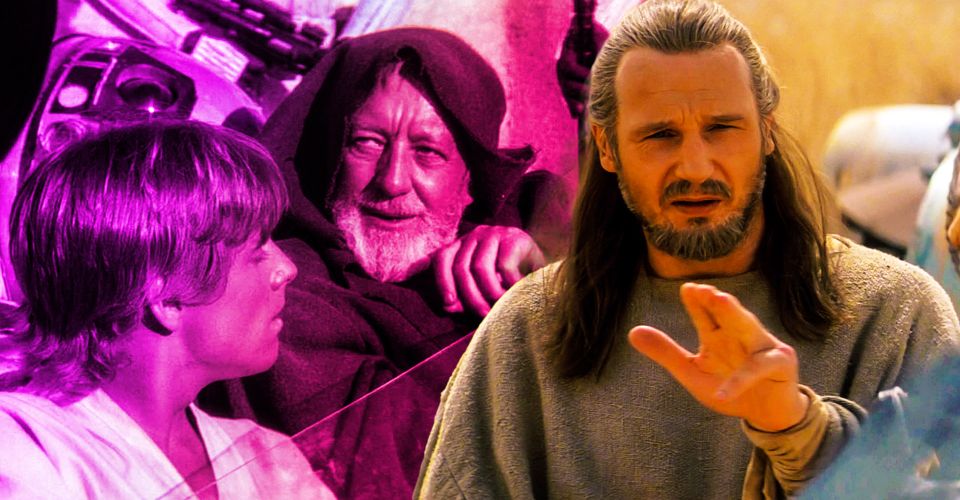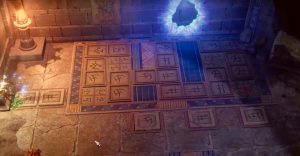The Jedi Mind Trick Is Far More Powerful Than Star Wars Movies Revealed

The Jedi mind trick in Star Wars is far more powerful than the movies suggest. Han Solo may have insisted the Force was nothing but a “hokey religion,” but viewers already knew he was wrong; they (and Luke Skywalker) had already seen Obi-Wan Kenobi using the Force on Imperial stormtroopers.
The mind trick has become the archetypal Jedi power, which is actually rather odd because in conceptual terms it veers pretty close to the dark side; after all, a Jedi uses the Force to affect the mind of another, an invasion of their consciousness that seems decidedly aggressive. Indeed, in Star Wars: The Clone Wars multiple Jedi combined their power to compel the cooperation of bounty hunter Cad Bane, and according to Kenobi there was a risk of destroying his mind in the process. Even more ominously, Charles Soule’s The Rise of Kylo Ren appears to suggest Ben Solo’s knowledge of the mind trick helped him swiftly master the dark side mind probe, underscoring the similarities between these Force powers. No doubt the Jedi would justify themselves by arguing that the context of their actions required such invasive techniques, but the morality of the Force isn’t particularly utilitarian, and the road to the dark side is paved with good intentions.
In the main Star Wars era, the mind trick is typically used on individuals – of various species – in order to compel brief obedience to a Jedi’s will. But possibly the most intriguing scene featuring the Jedi mind trick is in Star Wars: Episode II – Attack of the Clones, with Obi-Wan compelling a drug dealer to go home and rethink his life. Assuming Obi-Wan believed his mind trick would be successful, he was literally instituting a lifelong change in behavior in the criminal, suggesting the Jedi Master’s will had established itself permanently in the drug dealer’s mind. Curiously, certain species appear naturally resistant to the mind trick, including Hutts and Toydarians, while Prime Minister Almec’s Mandalorian Guards had been trained to resist using what Almec called “archaic magic.“

But here’s the catch; Star Wars has recently suggested the main time period is not normative in terms of the Force. Star Wars: The Clone Wars co-creator Dave Filoni recently discussed the balance of the Force, explaining that every person’s actions contribute towards this balance, tipping the Force either towards the light side or the dark side. Indeed, Palpatine took advantage of this principle when he cut the Jedi off from the Force, because he understood that tipping the galaxy towards darkness – encouraging aggression, fear, anger, and self-interest – would weaken the Jedi. The Jedi of the main timeline are actually at their least powerful, simply because they operated in the context of corruption and war. Thus all Jedi powers – including the mind trick – are weaker in the films than at other times in galactic history.
This point has just been demonstrated in the High Republic Era, when the mind trick – which was known as the mind touch in that period, some 200 years before Star Wars: Episode I – The Phantom Menace – has been used to save the entire galaxy. Jedi Knight Keeve Trennis was able to exploit a psychic bond between his former master, Sskeer, and an alien race known as the Drengir; the Drengir are plant-creatures who view the galaxy’s living beings as “meat,” but Trennis managed to persuade them the galaxy’s mammals were unclean food, poisoned somehow. It was an accomplishment infinitely greater than any seen before, and serves to illustrate just how weaker the Jedi of the films really are because of the shroud of the dark side.
- Rogue Squadron (2023)Release date: Dec 22, 2023
About The Author


















